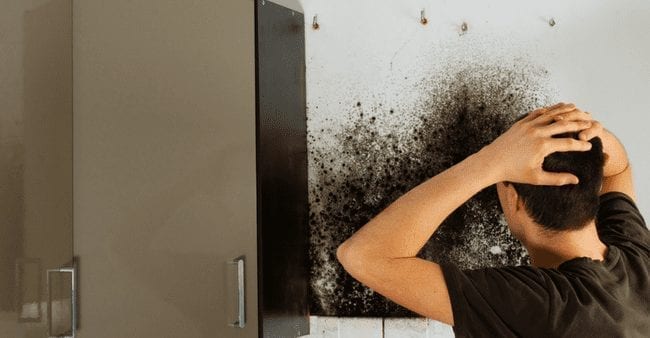How do you feel when it comes to Hacks to detect leaks?

Early detection of dripping water lines can alleviate a potential disaster. In addition to saving you money, it will certainly minimize the aggravation and stress. The moment you find a leakage, calling your plumber for repairs is the very best service. Nevertheless, some small water leakages may not show up. If you can not spot it with your nude eyes, here are some hacks that help.
1. Check Out the Water Meter
Examining it is a guaranteed way that aids you discover leakages. If it moves, that shows a fast-moving leak. This suggests you may have a slow-moving leak that can even be below ground.
2. Check Water Usage
If you detect sudden adjustments, despite your usage being the exact same, it implies that you have leakages in your plumbing system. A sudden spike in your expense shows a fast-moving leak.
A constant boost every month, even with the exact same habits, shows you have a slow-moving leak that's additionally slowly rising. Call a plumber to completely examine your residential property, especially if you feel a cozy location on your flooring with piping underneath.
3. Do a Food Coloring Examination
When it concerns water usage, 30% originates from commodes. Test to see if they are running correctly. Decrease specks of food color in the storage tank as well as wait 10 minutes. There's a leakage in between the storage tank and bowl if the shade somehow infiltrates your bowl during that time without flushing.
4. Asses Exterior Lines
Don't neglect to check your outdoor water lines as well. Examination faucets by attaching a garden pipe. Needs to water permeate out of the link, you have a loose rubber gasket. Replace this and make sure all links are limited. If you've got a lawn sprinkler, it will help get it skillfully examined and also preserved yearly. One little leakage can waste tons of water and spike your water bill.
5. Examine and Analyze the Scenario
House owners should make it a behavior to inspect under the sink counters and also inside cabinets for any bad odor or mold and mildew growth. These two warnings indicate a leakage so prompt interest is called for. Doing routine examinations, even bi-annually, can conserve you from a significant problem.
A lot more importantly, if you understand your residence is already old, keep a watchful eye on your heating units, tubes, pipelines etc. Look for stainings as well as deteriorating as the majority of devices as well as pipelines have a life expectancy. They will also normally wear away due to tear and also put on. If you presume leaking water lines in your plumbing system, don't await it to intensify. Call a specialist plumber right away so you do not end up with a dreadful mess in your home.
Early discovery of leaking water lines can reduce a possible disaster. Some small water leakages might not be noticeable. Checking it is a guaranteed method that aids you uncover leakages. One tiny leak can squander heaps of water and also surge your water expense.
If you presume dripping water lines in your plumbing system, do not wait for it to intensify.
WARNING SIGNS OF WATER LEAKAGE BEHIND THE WALL
PERSISTENT MUSTY ODORS
As water slowly drips from a leaky pipe inside the wall, flooring and sheetrock stay damp and develop an odor similar to wet cardboard. It generates a musty smell that can help you find hidden leaks.
MOLD IN UNUSUAL AREAS
Mold usually grows in wet areas like kitchens, baths and laundry rooms. If you spot the stuff on walls or baseboards in other rooms of the house, it’s a good indicator of undetected water leaks.
STAINS THAT GROW
When mold thrives around a leaky pipe, it sometimes takes hold on the inside surface of the affected wall. A growing stain on otherwise clean sheetrock is often your sign of a hidden plumbing problem.
PEELING OR BUBBLING WALLPAPER / PAINT
This clue is easy to miss in rooms that don’t get much use. When you see wallpaper separating along seams or paint bubbling or flaking off the wall, blame sheetrock that stays wet because of an undetected leak.
BUCKLED CEILINGS AND STAINED FLOORS
If ceilings or floors in bathrooms, kitchens or laundry areas develop structural problems, don’t rule out constant damp inside the walls. Wet sheetrock can affect adjacent framing, flooring and ceilings.
https://www.servicemasterbyzaba.com/blog/how-to-detect-water-leakage-in-walls/

I discovered that blog entry on Leaking water lines when doing a search on the search engines. If you please take the opportunity to share this page if you appreciated it. Thanks for taking the time to read it.